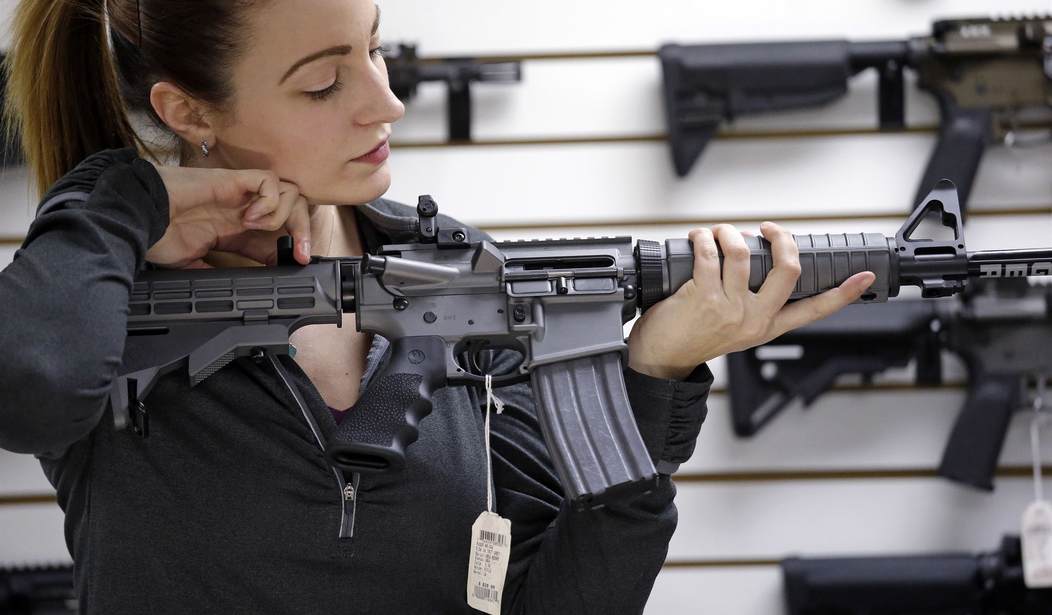I’m a fan of Ruger. They make reliable, durable guns at a reasonable cost. Rugers are a great value for money; in my opinion, they are similar to what Toyota is to the automobile industry. (Full disclosure: I’m not paid by Ruger in any capacity; these are my personal opinions as a normal customer.)
I own several Rugers. As a firearms instructor, I find myself reaching for my 10/22s as the go-to rifles to introduce first-timers to shooting. The light recoil, low cost of .22LR ammo, and endless customizability make the 10/22 my favorite rifle for instruction. The aftermarket for 10/22 parts is massive, and I’ve even managed to build a “Franken” 10/22 without any Ruger factory parts.
I have a special liking for the Ruger 10/22 Takedown for instruction purposes; it is great for safely showing a student the rifling inside a barrel because the Takedown barrel comes apart easily. A theoretical explanation of smoothbore and rifled barrels is fine, but there’s nothing like letting a student take a look inside a barrel themselves.
The 10/22 Takedown is also great for teaching about different optics; I bring along a few barrels for the 10/22 Takedown, each with a different optic mounted using a Magpul Hunter X-22 Backpacker Optic Mount. A quick swap is all it takes for a student to learn about a new optic system on the same rifle.
I also own a Ruger Precision Rimfire rifle that I occasionally use to show newcomers how you can hone your long-distance skills for cheap before spending big money on a .308 or 6.5 Creedmoor precision rifle.
Ruger has made some great strides towards interoperability, whether it’s with the Ruger American rifle that takes AICS or AR mags, the Ruger PC Carbine that can take Glock mags with a simple adapter, or the compatibility of 10/22 mags across multiple rifle models. I make it a point to show my students how I can take the 10/22 magazine and use that in the Precision Rimfire rifle. Students often find that simple demonstration fascinating. The Ruger Precision Rimfire gives off “scary black rifle” vibes to non-gun owners; those perceptions are neutralized when they realize that the scary looking rifle uses the same magazine as a 10/22 with a wood stock. I have some students immediately question the sensibility of New York’s “assault weapon” ban after this hands-on introduction, and that makes it really worth it.
I don’t yet have a Ruger American Rimfire in my collection, but hope to add that as an instructional tool, again to show how all these rifles that look different shoot the same ammunition and are functionally similar (besides the bolt vs. semi-automatic action).
Ruger has also been active with new design innovations. Although I haven’t shot one, I’m impressed by all the reports I’ve read and watched on their SFAR. Likewise, the Ruger LC Carbine looks very interesting, although I haven’t had a chance to shoot one yet.
There is one limitation I have in my instructional tool collection, and that is the lack of a lever-action rifle. This is where I think Ruger’s innovation and their recent acquisition of Marlin can make a big difference.
I could buy a Henry Rifle, but what I really wish I had is a Ruger lever-action rifle in .22LR, that takes 10/22 magazines and is compatible with most 10/22 parts.
Ruger has in the past made a lever-action .22LR rifle that actually took 10/22 magazines. This was the Ruger 96/22, manufactured from around 1996 until 2009. This rifle could, in theory, take a 10/22 barrel like a Ruger 77/22 but required some modification.
It would be nice to have a new design that goes far beyond just magazine interoperability to include aftermarket stocks, rails, barrels, and more.
One lone customer’s wish isn’t going to cut it though. The market reigns supreme. If Ruger’s market research shows that such a rifle would have enough customers to justify the cost, they will work on it. I hope that I’m not alone in this situation and that there are a great many customers out there who would purchase such a product.









Join the conversation as a VIP Member